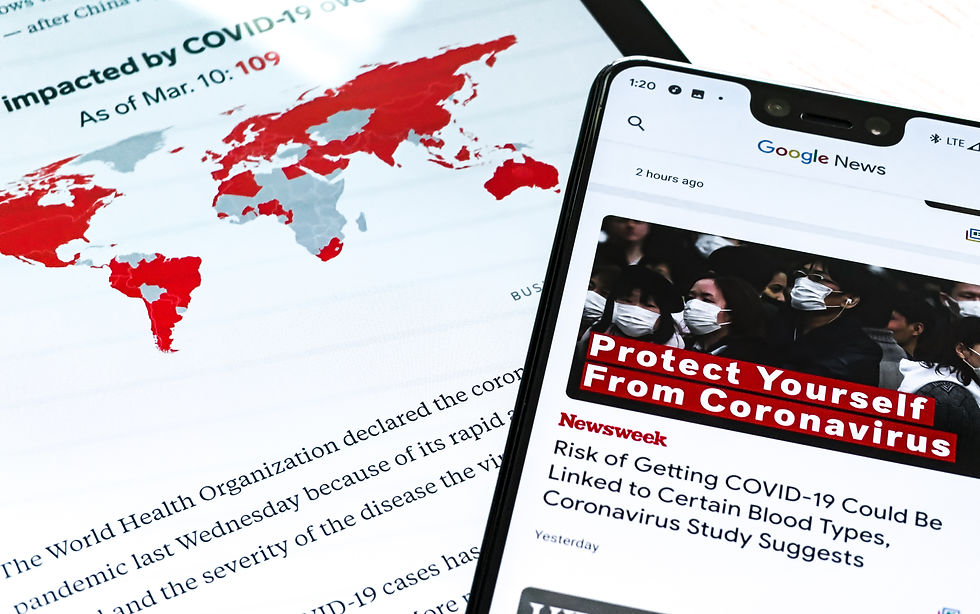
The importance of intra-organizational communication
Intra-organizational communication plays two important roles:
Transferring data throughout the organization via all channels
Assimilating processes into organizations
Besides its strategy-supporting purpose, intra-organizational communication serves as a management tool of critical importance as it generates trust in the organization and its management. Furthermore, it assists organizations in handling crises.
Intra-organizational communication supports organizational culture and organization values, while reflecting them.
Newsletters as an intra-organizational communication support tool
A newsletter enables the organization's various units to transfer information and messages to its workers. This information can range from data essential for their job, benefits, news and any other message the organization may wish to send to its workers. The content transferred to all organization workers via this tool cultivates identification with the organization and assists it to focus organizations on business objectives.
Effective newsletter
An effective newsletter is defined as one that is opened by a large percentage of organization workers. To save the newsletter from being "drowned out" by the vast amount of emails workers receive each day, much thought must be invested in attracting workers' attention and curiosity quickly and easily.
Creating an attractive newsletter in terms of content and display will get the worker to choose to open and read the newsletter we sent and perform the required action (clicking on a link, watching a video, etc.)
Here are some tips for attracting readers' attention and get them to open, read and click:
Adapting the content to the target audience- newsletters are distributed to all organization workers, from senior management to workers of the lowest rank. Studies show that organization workers will be interested in welfare issues while management will prefer content related to industry and the organization's work efficiency. To create an effective newsletter to be read by most employees, we must write it wisely and consider combing both types of material.
It all starts with the title: the title is the key to increasing the newsletter opening percentages and as such should not be underestimated. The title should generate curiosity, entice the reader into keep on reading.
Length of content/messages: since most newsletters are distributed digitally, it's best to keep them timely. People are used to 140-tab messages and short videos. The newsletter should send the message concisely and enable the reader to keep on delving into what interests them.
Copy and design: the newsletter must be visually attractive. The newsletter competes with a vast number of email that the worker receives throughout the day. It needs a front that presents the issues intriguingly through successful copy and visuality.
Ideal frequency: excessive distribution decreases opening percentages. Most organizations send their newsletter on a monthly basis.
The best time of the day: many market studies have been conducted on this issue: what day is best, what time is optimal for sending a newsletter. Adapt the sending time to when most workers are surely positioned at their computers yet can still read the newsletter (usually either 9:00-10:00 AM or 14:00-15:00 PM).
In conclusion, A newsletter holds can substantially promote intra-organizational communication among all organization workers, from senior management to the most junior employee.
Correct use of the tips presented above increases your newsletter's chances to be effective and connect workers to their organization.

Comments